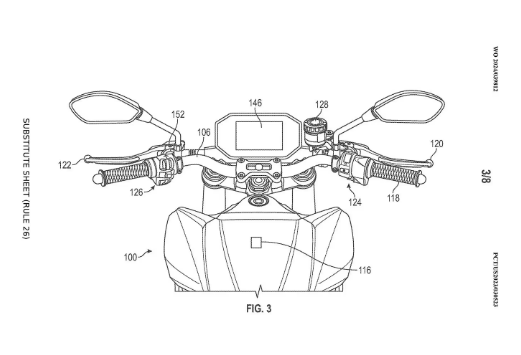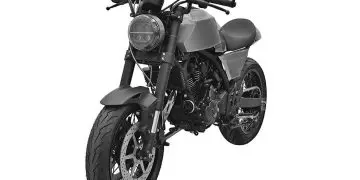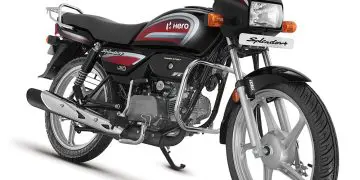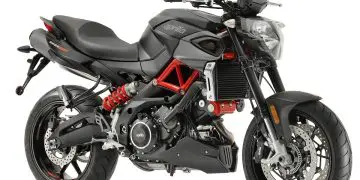At the beginning of this year, we revealed how Kymco plans to include a simulated clutch and electronically-controlled gearbox in their upcoming electric motorcycles. Now, it seems that Zero Motorcycles is thinking along similar lines, filing their own patent application for a fake clutch lever that regulates torque and regenerative braking to simulate the feel and control of a clutch in an internal combustion engine motorcycle.
While it may be easy to dismiss this fake clutch as a gimmick to please drivers from the past who were accustomed to a real clutch, that would be unfair to the idea. After all, the clutch in an ICE motorcycle is much more than a simple on/off device to engage or disengage rear wheel traction. It is also a tool that we all tend to use to enhance elegance during riding, adding an extra dimension of control. Whether it’s regulating torque when starting from a standstill or working in harmony with gear shifts to add a variable level of engine braking, the clutch is an integral part of riding and, for those who sit on an electric motorcycle for the first time, it is a control that is particularly noticeable by its absence.
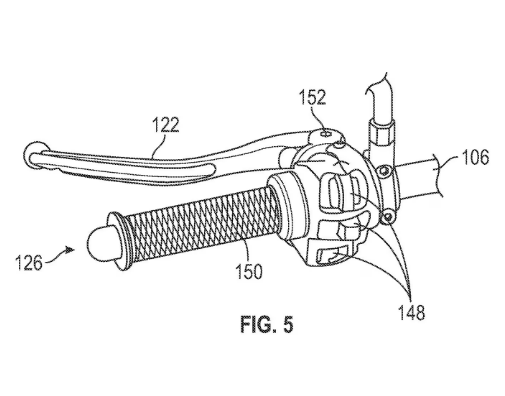
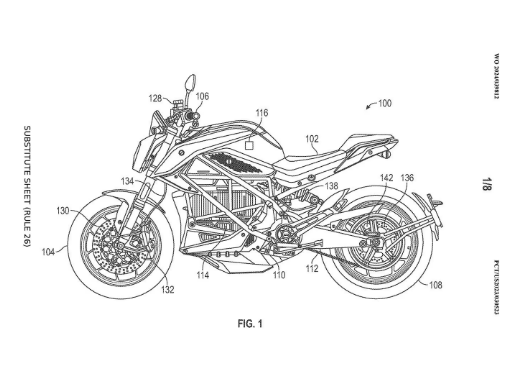
Like Kymco, Zero also recognizes the subtle control that a clutch offers, and this new patent shows how the company intends to use the left-hand fingers as a constant control for adjustable torque and regenerative braking of their electric motors. The company’s new patent application shows a completely normal-looking “clutch” lever and explains how it would be connected to the motor control electronics while providing familiar feedback to the riders.
In operation, the results of using the lever will also be familiar, even if you are not actually connecting or disconnecting the transmission through a set of clutch plates. The patent explains that: “By reducing the output torque of the engine, the left-side control lever mimics the operation and feeling, for example, of slipping, of a clutch in a multi-speed transmission present in motorcycles and other vehicles that are powered by internal combustion engines.”


